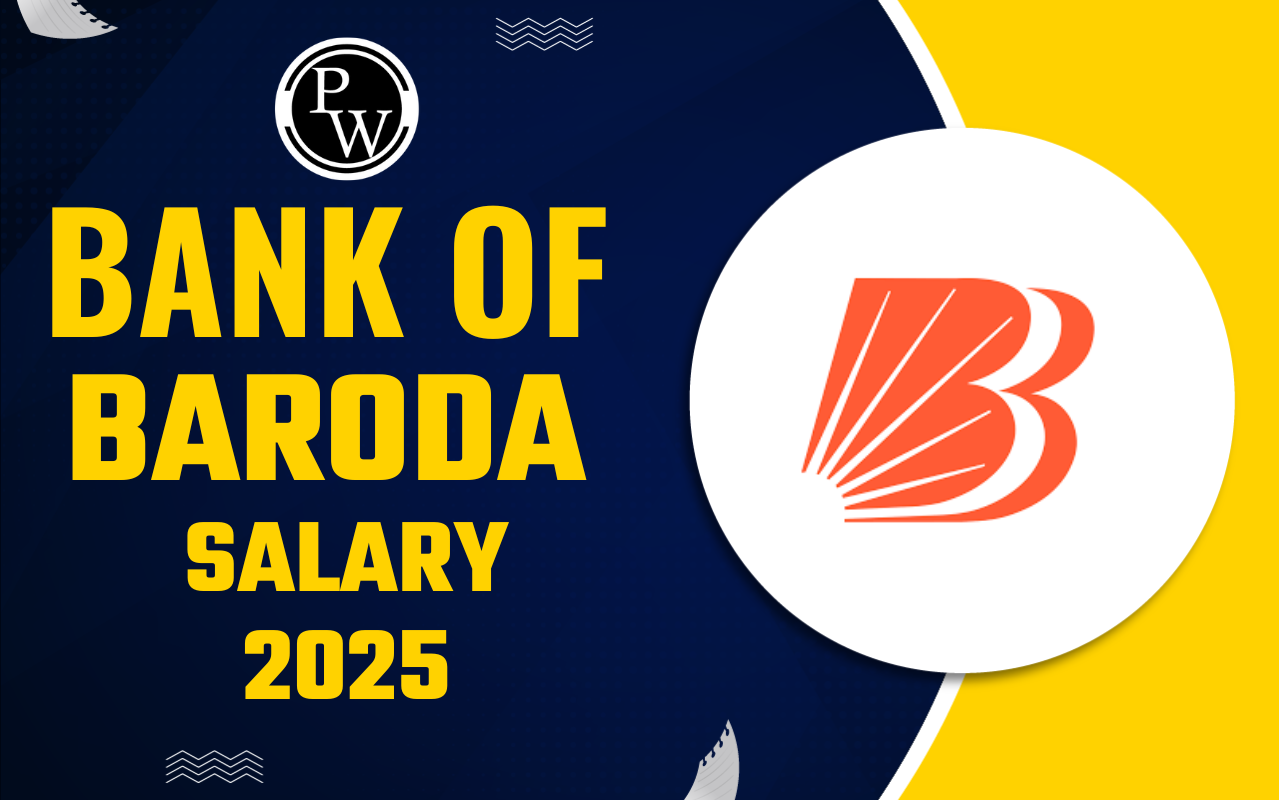
Ratio and Proportion
Ratio and proportion are fundamental concepts in mathematics that deal with comparing quantities and establishing relationships between them. Here’s an explanation of each conceptRatio
Definition: A ratio is a comparison of two quantities by division. It expresses how much one quantity is there in relation to another. Notation: Ratios are typically written in the form of a:b, where a and b are numbers. Example: If there are 3 red balls and 5 blue balls, the ratio of red balls to blue balls is 3:5. Properties: Ratios can be simplified like fractions, meaning a/b is ka/kb equivalent to for any non-zero k.Key Concepts of Ratio
- The ratio should exist between the quantities of the same kind
- While comparing two things, the units should be similar
- There should be significant order of terms
- The comparison of two ratios can be performed, if the ratios are equivalent like the fractions
Proportion
Definition : A proportion is an equation stating that two ratios are equal. Form : Proportions are written in the form a/ b = c/ d or a:b :: c:d. Example : If 3 red balls correspond to 5 blue balls, and 6 red balls correspond to xxx blue balls, then 3/ 5 = 6/ x is a proportion. Solving Proportions : To solve a proportion, cross-multiply and then solve for the variable.Key Concepts of Proportion
Direct Proportion : Two quantities are directly proportional if they increase or decrease in the same ratio. For example, if x increases, y also increases proportionally. Inverse Proportion : Two quantities are inversely proportional if one quantity increases while the other decreases by the same factor. For example, if x increases, y decreases proportionally. Continued Proportion: A continued proportion, also known as a continued ratio or continued proportionality, refers to a sequence of ratios that are all equal to each other. In other words, it is an extension of the concept of proportion where more than two quantities are involved in maintaining the same ratio throughout the sequence.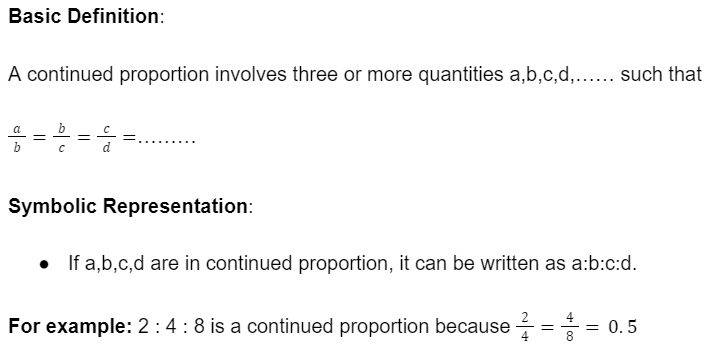
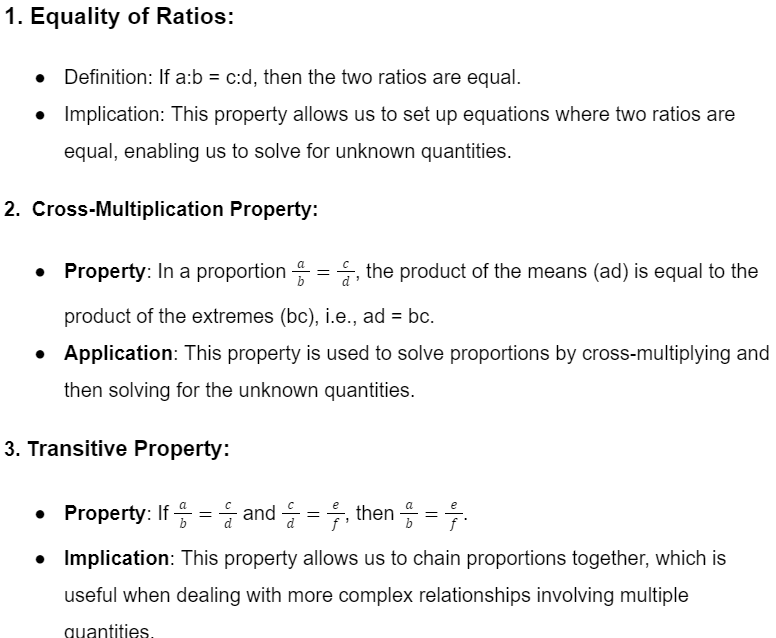
Difference Between Ratio and Proportion
Nature: Ratio is a comparison of quantities, while proportion establishes equality between ratios. Structure: Ratios are simpler expressions comparing two quantities, whereas proportions involve two equal ratios. Application: Ratios are used for direct comparison, while proportions are used for solving problems involving consistent relationships between quantities.Fourth, Third and Mean Proportional
Fourth Proportional :- If a:b=c:d, then d is called the fourth proportional to a,b, and c.
- This means d is the quantity that completes the proportion such that a/ b = c/ d
- If a:b = c:d, then c is called the third proportional to a and b.
- This means c is the quantity that is in the same proportion to b as a is to b.
- The mean proportional (or geometric mean) between two numbers a and b is √ ab
- This means √ ab is the number that satisfies the proportion
- Cross-multiply to solve the proportion:
Ratio and Proportion Solved Problems
Q1. Are the ratios 3:4 and 6:8 said to be in Proportion? Solution: Simplify 6:8: Divide both terms by their GCD, which is 2 6 ÷ 2 = 3 8 ÷ 2 = 4 Simplified Ratio: 3:4 Conclusion: 3 : 4 and 6 : 8 are in proportion.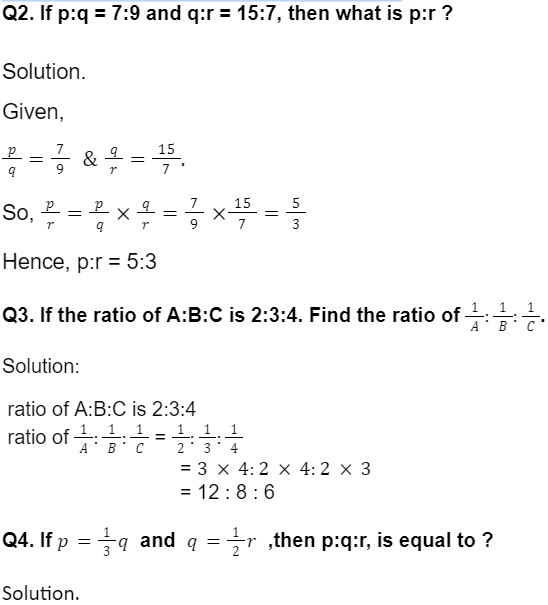
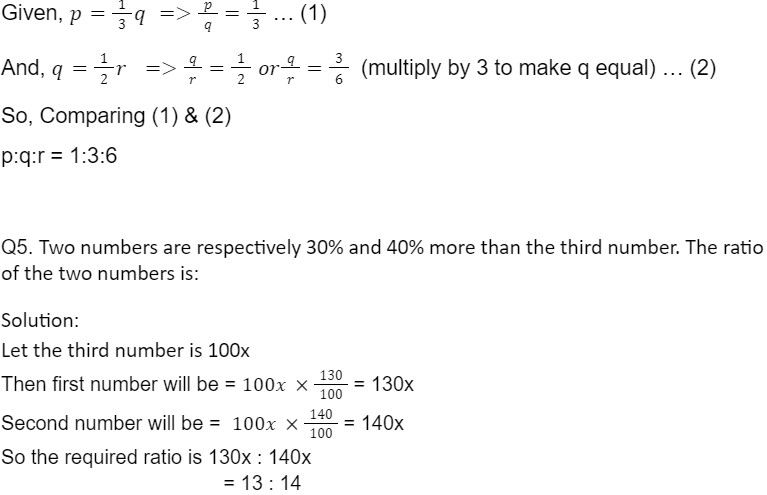
Previous year Ratio And Proportion Based Questions
Q1 : In a bag, the ratio of red balls to blue balls is 2:3. If there are 40 blue balls, how many red balls are there? Q2 : A sum of money is distributed between Babu, Christo and David in the ratio of 5:4:3. How much will Babu receive if Christo receives Rs.119 more from David? Q3: The ratio of salaries to Hamid, Clement, and Ganesh is 3:57. If Ganesh gets Rs 868 more to Hamid, then how much is Clement's salary (in Rs.)? Q4: Rs. 4,200 is divided among Kamal, Dev and Rajat in the ratio of 7:8: 6 respectively. If Rs. 200 is added to the amounts of each of them, find the new ratio of their amounts. Q5: Ratio between A and B is 6:5, ratio between B and C is 2: 3. What is the ratio between A and C?| Related Links | |
|---|---|
| Quadratic Equations | Number System |
| Vedic Maths | Pie Chart DI |
| Time and Work | Problem on Ages |
| Flow Chart DI | |
| Arithmetic DI | Permutation and Combination |
| Ratio and Proportion | Data Sufficiency |
Ration and proportion√ FAQs
Q1. What is a ratio?
Ans. A ratio is a comparison of two quantities by division. It expresses how many times one quantity is contained within another. For example, if there are 2 red balls and 5 blue balls, the ratio of red to blue balls is 2:5.
Q2. What is a proportion?
Ans. A proportion is an equation stating that two ratios are equal. It involves four quantities in which the ratio of the first pair is equal to the ratio of the second pair. For example, ab=cd.
Q3. How do you solve problems involving ratios?
Ans. To solve problems involving ratios, follow these steps: Understand the given ratios and the relationships between the quantities involved. Use cross-multiplication to find unknown quantities in proportions. Simplify ratios to their lowest terms to ensure accuracy.
Q4. What are the different types of proportion?
Ans. There are two main types of proportion: Direct Proportion: When two quantities increase or decrease in the same ratio. Inverse Proportion: When an increase in one quantity leads to a decrease in another by the same factor.
Q5. How do you find the mean proportional?
Ans The mean proportional (or geometric mean) between two numbers a and b is √ab. It is used to find a missing value in a proportion where the relationship remains consistent.
Talk to a counsellorHave doubts? Our support team will be happy to assist you!

Check out these Related Articles
Free Learning Resources
PW Books
Notes (Class 10-12)
PW Study Materials
Notes (Class 6-9)
Ncert Solutions
Govt Exams
Class 6th to 12th Online Courses
Govt Job Exams Courses
UPSC Coaching
Defence Exam Coaching
Gate Exam Coaching
Other Exams
Know about Physics Wallah
Physics Wallah is an Indian edtech platform that provides accessible & comprehensive learning experiences to students from Class 6th to postgraduate level. We also provide extensive NCERT solutions, sample paper, NEET, JEE Mains, BITSAT previous year papers & more such resources to students. Physics Wallah also caters to over 3.5 million registered students and over 78 lakh+ Youtube subscribers with 4.8 rating on its app.
We Stand Out because
We provide students with intensive courses with India’s qualified & experienced faculties & mentors. PW strives to make the learning experience comprehensive and accessible for students of all sections of society. We believe in empowering every single student who couldn't dream of a good career in engineering and medical field earlier.
Our Key Focus Areas
Physics Wallah's main focus is to make the learning experience as economical as possible for all students. With our affordable courses like Lakshya, Udaan and Arjuna and many others, we have been able to provide a platform for lakhs of aspirants. From providing Chemistry, Maths, Physics formula to giving e-books of eminent authors like RD Sharma, RS Aggarwal and Lakhmir Singh, PW focuses on every single student's need for preparation.
What Makes Us Different
Physics Wallah strives to develop a comprehensive pedagogical structure for students, where they get a state-of-the-art learning experience with study material and resources. Apart from catering students preparing for JEE Mains and NEET, PW also provides study material for each state board like Uttar Pradesh, Bihar, and others
Copyright © 2025 Physicswallah Limited All rights reserved.
Get App
